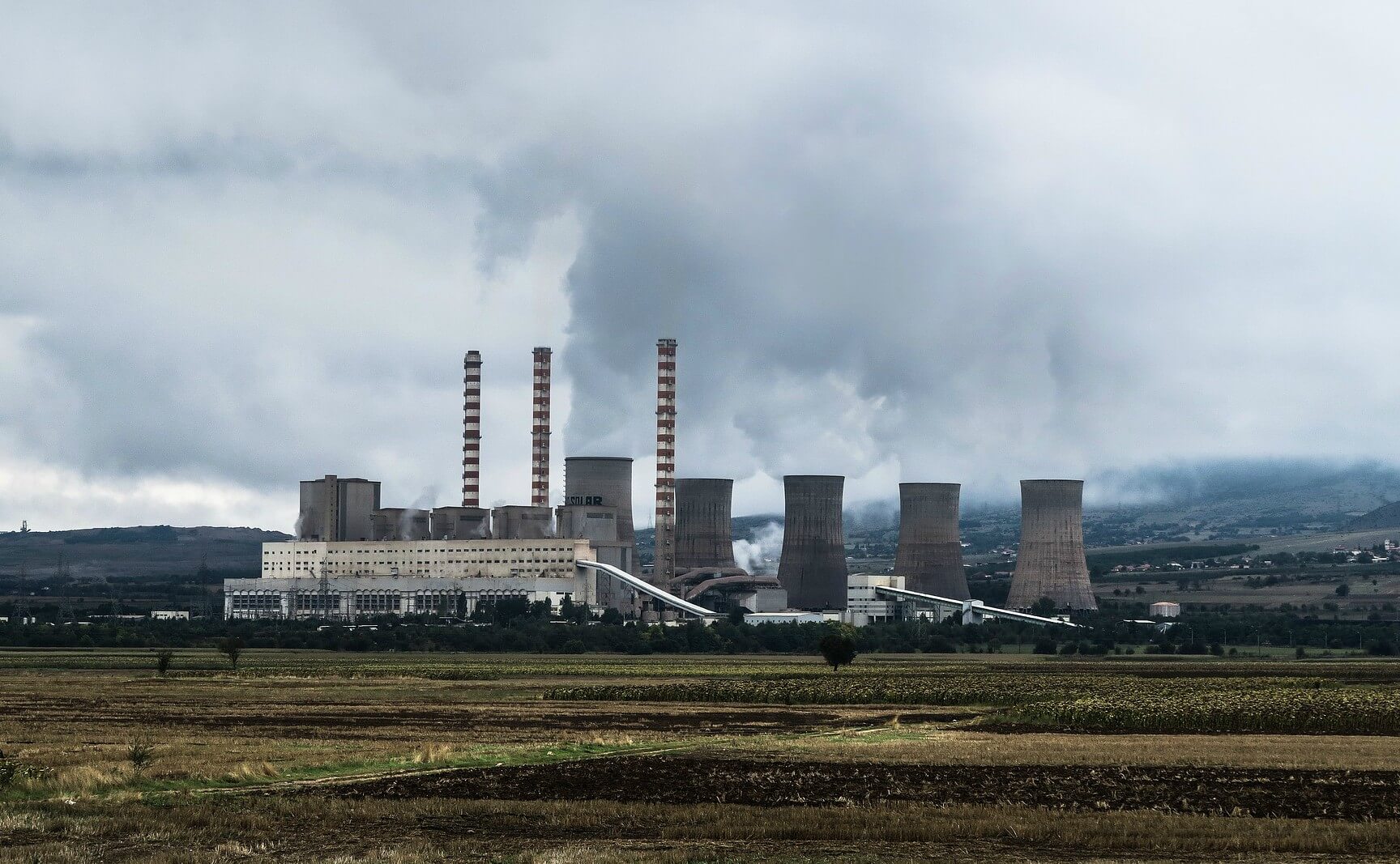Modularity and Scalability of Renewables
An important element of renewable power generation is that it allows a degree of modularity and scalability that is not possible with many traditional power generation systems. The variance in cost per unit of energy generated between a large plant and a small plant is far less in renewables than it is in gas, coal, or nuclear plants.
To use the most extreme example, the cost of a nuclear power plant is in the billions, regardless of whether the output is large or small. You cannot build a small nuclear power plant cheaply and then add to its capacity as the population it supports grows. You have to build a large, expensive plant that may have more capacity than you need so that you can grow into it. Once you reach that capacity, you have to build another large, expensive plant. The scale is different for coal and natural gas power plants, but the basic economic calculus is the same.
Power generation plants require significant capital investments, so it is most cost-efficient to build large facilities, supporting a large grid of power consumers. The result is that traditional power grids favor centralized, dense environments.
Renewables are different. While there are still economies of scale to be gained by large, concentrated solar plants and wind farms, these technologies allow us to scale up and down as needed, and the financial barriers to entry are much smaller. A village, town, or city could build a solar power plant to fit their needs and the price per unit of power generated would not vary significantly if they started big or small. If their city grows, they can simply add more PV panels.
Lower cost power generation and effective grid storage batteries would allow power grids to decentralize, while still remaining cost efficient. It becomes economically viable to localize power production, storage, and consumption. In effect, these economics enable disaggregation of the grid, creating islands of power that also increase resiliency during a natural disaster or a cyberattack on the grid. Solar power specifically can scale from systems designed to power a house to those designed to power cities. This degree of flexibility is simply not available with fossil fuel-based power generation technologies.
This represents golden opportunities for many countries, especially developing economies that lack the resources for large power plants and the distributions networks required to run power across difficult terrain into rural communities. Just as many countries in Africa skipped landline phones and went straight to cell phones, those same countries could skip large-scale energy plants and move straight to distributed energy projects.
To be certain, there are extensive sunk costs to be considered, especially in developed nations. Renewable power generation systems need to be significantly cheaper in order to justify transitioning away from existing investments, especially those that are still being paid for via long-term financing arrangements. There is no way to flip a switch from a pre-existing energy network to convert to renewables, and the more capital invested, the longer it will take to transition. Companies and public sector leaders will have to find a way to navigate the financial commitments, which may ultimately be another advantage for developing nations that do not have these sunk costs to overcome.
The correlation between prosperity and access to energy is clear. According to the United Nations, countries with a higher annual per capita energy use have a higher Human Development Index (HDI), which is a measure of basic human well-being. Eliminating steep investment hurdles like multi-billion dollar nuclear power factories and multi-million dollar coal and gas plants creates new opportunities to facilitate growth and increases in the global standard of living.
The modular nature of renewable energy opens up great potential for developing nations to provide services to their citizens in a financially responsible fashion. These systems will allow the ability to scale from a house to a village to a city by adding capacity in an incremental fashion based on need, which is far better for cash-poor communities than the large upfront investments required for traditional power generation systems.
Join the Catalyst Monitor
Join our community, where we push out regular insights to help maintain situational awareness on technological and socioeconomic trends.



